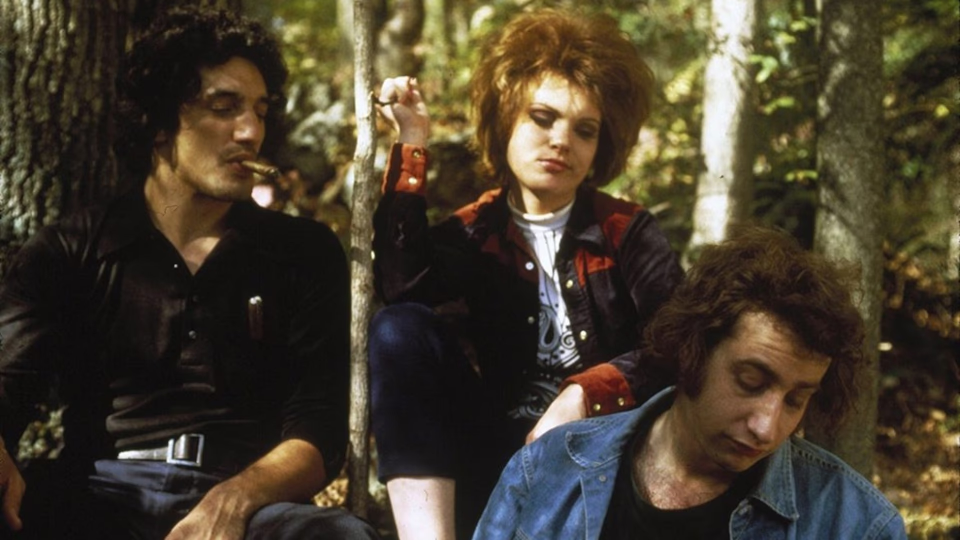The Last House on the Left

Wes Craven’s directorial debut. A remake of Ingmar Bergman’s The Virgin Spring.
We meet Mari on the eve of her seventeenth birthday. Through some snappy banter with her parents, we learn she and her girlfriend are heading to a concert in the city. Before the two girls leave, they hang out in the surrounding woods, enjoying a bottle of smuggled booze. Craven paints a bucolic scene that pays off in the film’s second act.
Cut to the film’s villains. A Mansonesque family escaped from jail. The murderous Krug, his sadistic girlfriend Sadie, his heroin-addicted son Junior, and a pedophile named Weasel. David Hess convinces as Krug, dripping testosterone fueled menace. In a nice touch, Craven has Krug pop a child’s balloon with his cigarette as he struts down a darkened city street.
The early dialog here impressed me too. Sadie at one point threatens to withhold sexual favors from Krug until he adds more women to the group. “Equal representation,” she says.
Cue Mari and her girlfriend who chance upon Krug’s clan. The scene where the girls come to realize their misstep plays out with palpable tension. The killers kidnap the girls and place them in Krug’s car. They plan to flee, but the car breaks down right in front of Mari’s house.
The clan marches the girls into the same woods we saw earlier. Krug and company humiliate the girls before raping and murdering them. This sequence proves an unglamorous, brutal watch that earned the film a notorious reputation. It’s since been outdone by numerous other films, including its own imitators, but remains visceral.
The killers them wash up and knock on the door of Mari’s house. Mari’s parents welcome Krug and clan in, unaware of their identities, despite persistent news reports of their recent prison escape.
In a change from Bergman’s version, the killers discover where they are before the parents. But soon the parents learn the truth and exact a bloody revenge. This part of the film disappointed. The parents somehow recover Mari’s body and set about their improbable schemes. The father devises elaborate Home Alone style booby traps, while the mother goes the opposite direction, avoiding weapons in favor of direct contact. This despite both having shotguns, knives, and power tools available. The inanity pulled me out of the story.
There’s also a side thread involving the local sheriff and his bumbling deputy. The pair precede Smokey and the Bandit but evoke the same aesthetic.
Besides starting Craven’s career, this film spawned a slew of remakes and imitators. The best of which, Last Stop on the Night Train, marries superior production values with a more layered script. Indeed, my biggest complaint with Craven’s picture, aside from the haphazard third-act, lies with its lack of depth. Bergman used the violence to skewer religious hypocrisy. In Night Train, Aldo Lado impugns class-based justice. Craven offers no broader context. A missed opportunity.